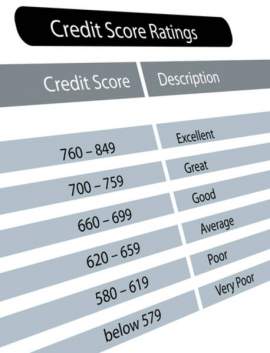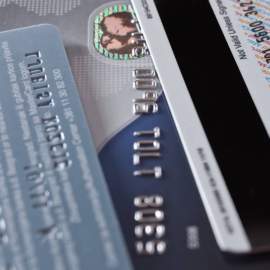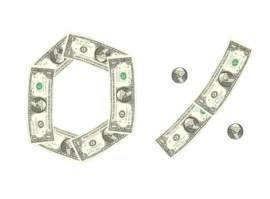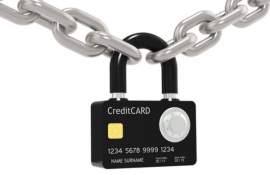
Caution: Keep Your Eye On Your Credit Rating

What is a
Credit Rating?
A credit rating is a statistical analysis of an
individual’s credit history. The credit rating is delivered as a number based
on the individuals debt vs. credit amount.
This number is used by numerous
lenders (organizations that distribute loans or credit card companies) to
determine whether or not they will issue an individual or business a line of
credit. In essence, the credit rating is the fundamental statistic used to
evaluate an individual or entity’s credit-worthiness.
There are three agencies that will issue a credit
rating: TransUnion, Experian and Equifax. The majority of lenders will evaluate
the credit rating of two of the three agencies. The credit rating is
distributed in a report, which will detail the prospective borrower’s credit
history.
The formula used to determine a credit rating is
known as FICO. Named after the Fair Isaac Credit Organization (the first
company to use credit ratings), this formula will yield a number ranging from
300 to 900 (the three rating agencies will have different scales.) The lower
the credit rating, the greater the risk of default.
An
individual with a score that is below 500 is viewed as a risky borrower to most
lenders. The risk in this sense is tied into the borrower’s ability to repay
the loan or pay off his or her credit card. The credit rating, thus, acts as a
gauge to determine a risk of default. Ratings closer to 300 are viewed as
extremely risky, while those above 800 are viewed as possessing limited to no
risk.
The FICO Calculation used for Credit Ratings
The FICO score is calculated based on the
percentage of an individual’s total credit that is currently being utilized,
the amount of time an individual has had an open line of credit, the types of
credit lines the individual possesses, the amount of past lines of credit the
individual has had, and the number of delinquent payments the individual has on
his or her record.
Each variable in the FICO calculation contains the
following percentage weight to determine one’s credit rating: Amount of credit
currently utilized (30%), the period of time the lines of credit have been open
(15%), the types of credit lines open (10%), the size of past lines of credit
(10%), and the number of delinquent payments (35%).
In a general sense, a credit rating around 500 is
viewed as high risk. This score will generally yield a refusal to lend. If an
individual obtains a credit line with a credit rating around 500, they will be
given a line of credit with higher interest rates, increased fees and
complicated terms.
In contrast,
a credit rating of 800 or above will grant an individual the lowest possible
interest rates, small down payments (where applicable) and limited fees. A credit
rating of around 650 is viewed as safe enough to receive favorable terms. This
score will typically be good enough to receive a new line of credit.
How do I view my Credit Rating?
The majority of organizations offer online access
to your credit rating. These websites will offer reports from the leading
credit agencies and detail why your score may be low. Given the importance of
favorable terms and interest rates, it is recommended that you view your credit
rating to ensure that no mistakes have been made.
Oftentimes an individual’s credit rating will be lowered because of a forgotten debt or miscalculated payment. In order to raise one’s credit rating, they must realize the position they are in. As a result of this, paying a small fee to view your credit rating is well worth it.
NEXT: Credit Card Defined





















